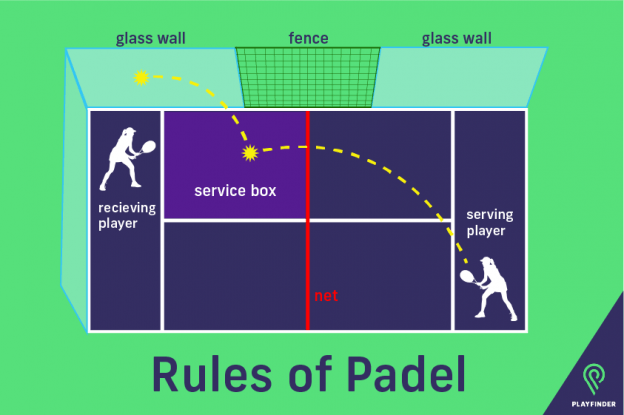Back Care and Sport
3 October 2016 • By - Tim Everett
Most of us have or will suffer an episode of back pain at some time.
Back Care and Sport
That statement is universally supported by health care professionals. There are many causes of lower back pain and it affects all ages and demographics.
Simply being overweight or unfit is not a cause or guarantee of you suffering back pain and indeed many sports men and women are also sufferers of both acute and chronic spinal injuries.
So why do sports men and women get back pain if they are so fit?
Unfortunately a high level of fitness does not exonerate you from back pain or injury.
In fact it is the pure dynamics capped with the repetitive action of many sports that challenge the bio-mechanics of our muscular skeletal system which may ultimately lead to injury.
Most athletes, be they weekend warriors or top level competitors will have an increased level of muscular skeletal activity due to the demands of both training and competing.
It is this increased activity that can put a strain on the spinal joints, ligaments, discs and muscles in their quest to compete.
As a practising Osteopath it is fair to say that many sports are associated with typical injuries and this is most often due to the repetitive strain and action on a particular joint(s) or set of muscles involved with the chosen sport.
Think of the stresses and strains that go through both the lower back and the shoulder of a tennis player for example.
Although we can imagine or even might expect that a tennis player may typically suffer from a shoulder trauma and injury the action of playing and competing is like most sports in that it involves virtually all of the skeletal joints and muscles, any of which may be subject to an injury.
Keeping with the tennis theme think of Andy Murray who won a gold for GB in the Rio Olympics. He is well known to have suffered from the stereotypical shoulder injury but has also suffered injury involving his lower back, knee and ankle.
Back Care and Sport for athletes
As an Osteopath I see patients with back pain caused at work by repetitive strain injury and by poor work station ergonomics but equally I see patients with back pain and injuries caused from playing sport.
In terms of sport I am frequently asked ‘how can I help reduce the risk of a back injury’?
It is estimated that 10% of injuries caused during sport will affect the lower back but the prevalence may be even higher in some sports.
The lower back, or as medically described the lumbar spine, is subject to significant mechanical challenges during sport and although for most athletes most of the time it performs without injury I feel that there are some common causes of lower back pain (LBP) and injury in sports men and women that if avoided would significantly reduce the risk of back injuries.
Common but avoidable causes of LBP:
Incorrect or a complete lack of warming up correctly. I am always surprised by the number of my clients who do not warm up prior to sport. If in doubt on how to effectively warm up ask your coach for some guidance.
Poor technique – this may be due to flexibility or muscle imbalance issues but is often the result of fatigue setting in during the game.
Once your core muscles start to fatigue your technique and form will begin to suffer resulting in additional injury risk factors due to an increased mechanical loading on your lower back joints, muscles, ligaments and even your intervertebral discs.
This is difficult to avoid at times and the injury awareness may only develop after the game. However, this is time to heed the next two points.
Playing while injured – based upon a belief that the injury will ‘just get better’ on its own. Learn to recognise an injury. Pain is the body trying to tell you to stop. Do not ignore it. You cannot ‘run an injury off’
Reluctance to seek help – for fear of missing an important game, competition or losing a place in the team.
Always seek professional opinion and diagnosis. Treatment from your osteopath, physiotherapist, chiropractor or sports injury specialist will help with your injury recovery, rehabilitation and avoiding future injuries.
So to sum up on back care and sport – always warm up correctly, seek professional guidance with how to increase your strength and flexibility for your chosen activities, always strive to achieve best form and learn to recognise early signs of injury so that they can be dealt with quickly reducing the chances of more serious injuries developing.




